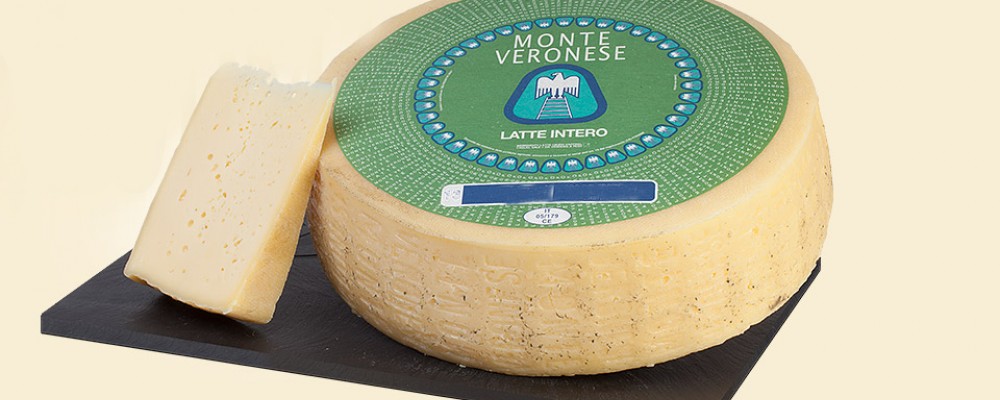Typical of the cheese-making tradition in the mountains of the province of Verona and especially of the fertile pastures of Lessinia, this cheese appears to have originated in the middle Ages. In fact, even before the year 1000 it was considered a precious commodity to be exchanged for coins.
The word “Monte” may refer to a manufacturing technique that used curdled milk from more than one milking. The production process was improved two centuries later after the arrival of the Cimbrian people from Bavaria, who settled in Lessinia, migrating, from the Altopiano of Asiago. Monte Veronese only got its name at the beginning of the eighteenth century, making also reference to the area where it was made.
Traditional cheese-making techniques have remained unchanged over the centuries, although they have advanced continuously, preserving their centuries of traditional characteristics.
This cheese is made with cow’s milk and is available in whole milk and partially skimmed milk typologies, the latter called d’allevo.
The whole milk cheese has semi-cooked paste and is produced only with full-cream cow’s milk from one or two consecutive milkings. The taste is delicate and palatable, rather akin to cream and lactic ferments. Ripening takes form 25 to 60 days.
The d’allevo typology is available as a table cheese or a hard cheese for grating. Its paste I semi-cooked and it is make only of partially skimmed cow’s milk from one or two consecutive milkings. Depending on the period of aging, it may be mezzano, with a fragrant and bold taste – which requires a minimum of 90 days to ripen, although it may age for up to a years – or vecchio, ripened for at least a year, featuring a more distinct and sharper taste, tending to be almost spicy over time.

